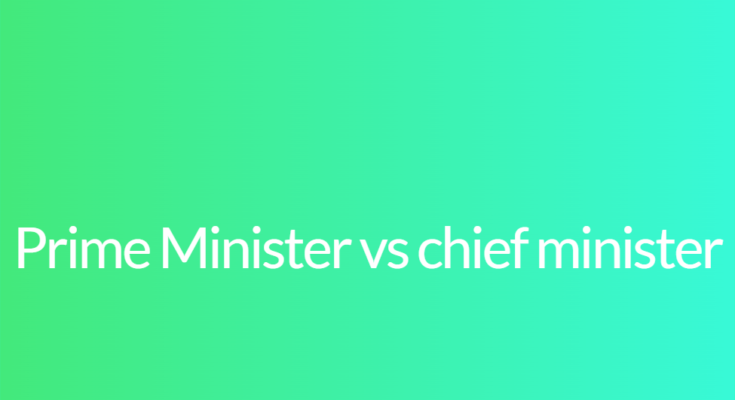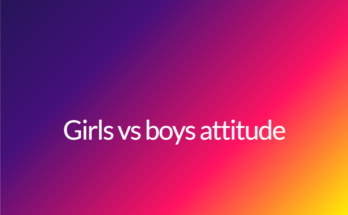Prime Minister vs Chief Minister
Introduction
In a parliamentary democracy, the government is led by two key positions – the Prime Minister at the national level and the Chief Ministers at the state level.
Difference between Prime Minister and Chief Minister
| Prime Minister | Chief Minister |
|---|---|
| The Prime Minister is the head of the government at the national level. | The Chief Minister is the head of the government at the state level. |
| The Prime Minister is appointed by the President or elected by the Members of Parliament. | The Chief Minister is elected by the Members of the Legislative Assembly (MLAs) or Members of the Legislative Council (MLCs) depending on the state’s legislative system. |
| The Prime Minister represents the entire country and is responsible for national matters. | The Chief Minister represents the specific state and is responsible for state matters. |
| The Prime Minister is the leader of the ruling political party or coalition. | The Chief Minister is the leader of the ruling political party or coalition in the respective state. |
| The Prime Minister appoints and supervises the Council of Ministers at the national level. | The Chief Minister appoints and supervises the Council of Ministers at the state level. |
| The Prime Minister is responsible for foreign policy and international relations. | The Chief Minister does not have a role in foreign policy and international relations. |
| The Prime Minister represents the country in international forums and diplomatic missions. | The Chief Minister does not represent the state in international forums and diplomatic missions. |
| The Prime Minister has more executive powers and a wider scope of responsibilities. | The Chief Minister has limited executive powers and a narrower scope of responsibilities compared to the Prime Minister. |
Conclusion
The Prime Minister and Chief Minister are both important positions in the government, one at the national level and the other at the state level. While the Prime Minister represents the entire country and is responsible for national matters, the Chief Minister represents a specific state and is responsible for state matters. They have different roles, responsibilities, and powers, but together they form the backbone of the democratic governance structure.



